
Getting Your ELLs to Speak: Practical Tips for Your Classroom
Yes. No. I see the dog. These are how my students sentence complexity was on a daily basis. At first I was okay with them speaking this way, as long as they were speaking. Year after year I noticed my students were not making significant growth on the end of the year language assessment. The problem was right in my face. I was not being intentional with my speaking lessons. I also realized my students were not speaking in compound and complex sentences. I was so excited to hear the ESL students speaking, that I wasn’t setting high expectations as to HOW the should be speaking.
After some serious reflection, I came to accept I should be be setting higher expectation as to how my students should be speaking. Regardless if they are newcomers or long term ELLs, they should all be held to the same high expectations. Now that I knew the problem, my next step was addressing it immediately in my classroom. Below are some action steps you can implement in your classroom. There are also some freebies! Also check out the video below where I explain how to do these activities.
Student Speaking Checklists
There is a lot of power in having checklists for your students. Having a speaking rubric and checklist will help guide student discussions and hold them accountable. It also makes them reflective about their speaking practices. Below is a ESL Speaking Checklist for you to use in your classroom. You can also edit the checklist to adjust it to your needs.
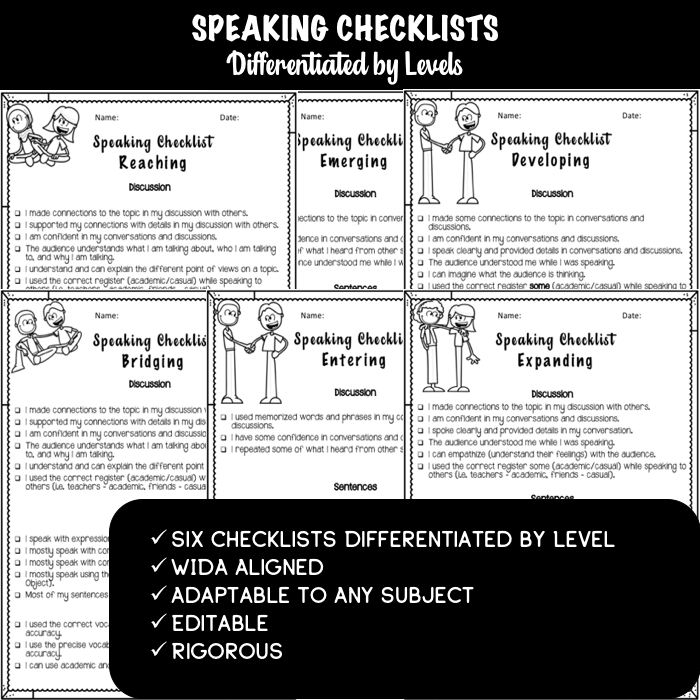
Compound and Complex Mini-Lessons:
Explicitly teach your students how to make compound and complex sentences. In my class I started the year teaching them about simple sentences. Next, we did a lesson on compound sentences. After the mini lesson on compound sentences I introduced independent and dependent clauses. Around the classroom I post “general” compound and complex sentence frames for the students to use. I also have various anchor charts for speaking, such as how to conclude a conversation. This is especially helpful for the students to refer to out the lesson. I notice that the students use the charts often as a support. Finally, I introduced complex sentences. This stair step helped the students understand the building block of compound sentences.
“Silent” Conversations
One of the most enaging activities we have used in the classroom is Silent Chalk Talk. First, you write a question on chart paper. Next, the students read the question and respond. Then, their partner responds to their answer. This continues until you call time, and the students rotate to the next question. This a great activity for students to practice various sentence types and different perspectives.
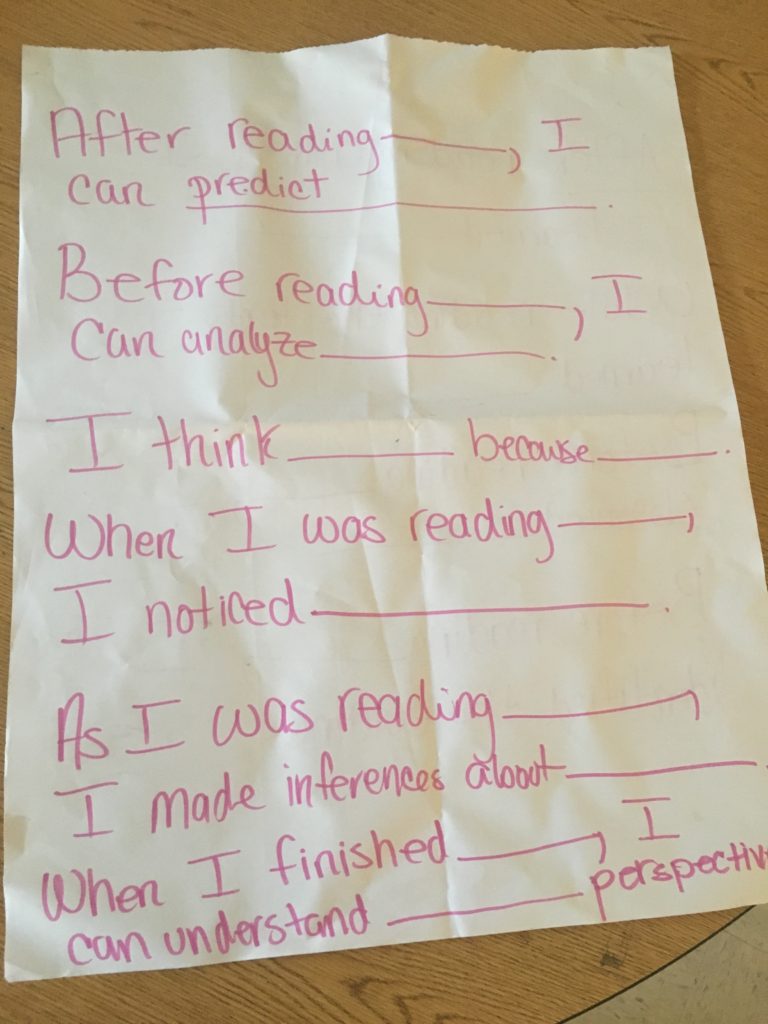
Speaking Bucks
Speaking Bucks is a classroom incentive that you can use to compliment your current classroom rewards. When I catch the students speaking in compound and complex sentence they are rewards with speaking bucks. The students can then cash the bucks in for small prizes and rewards. This is a great tool to use with ClassDojo. Here is a link to Speaking Bucks so that you can use them in your classroom.
The goal in a classroom is to be intentional with your instruction. Since implementing intentional speaking lessons the students have made dramatic shifts. Pick one of the tips to implement in your classroom, and share below in the comments.
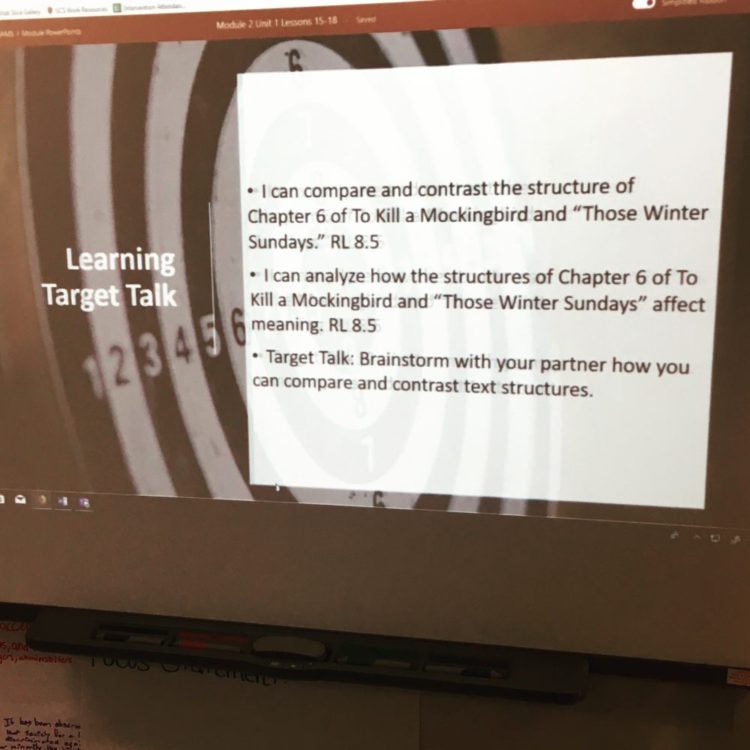
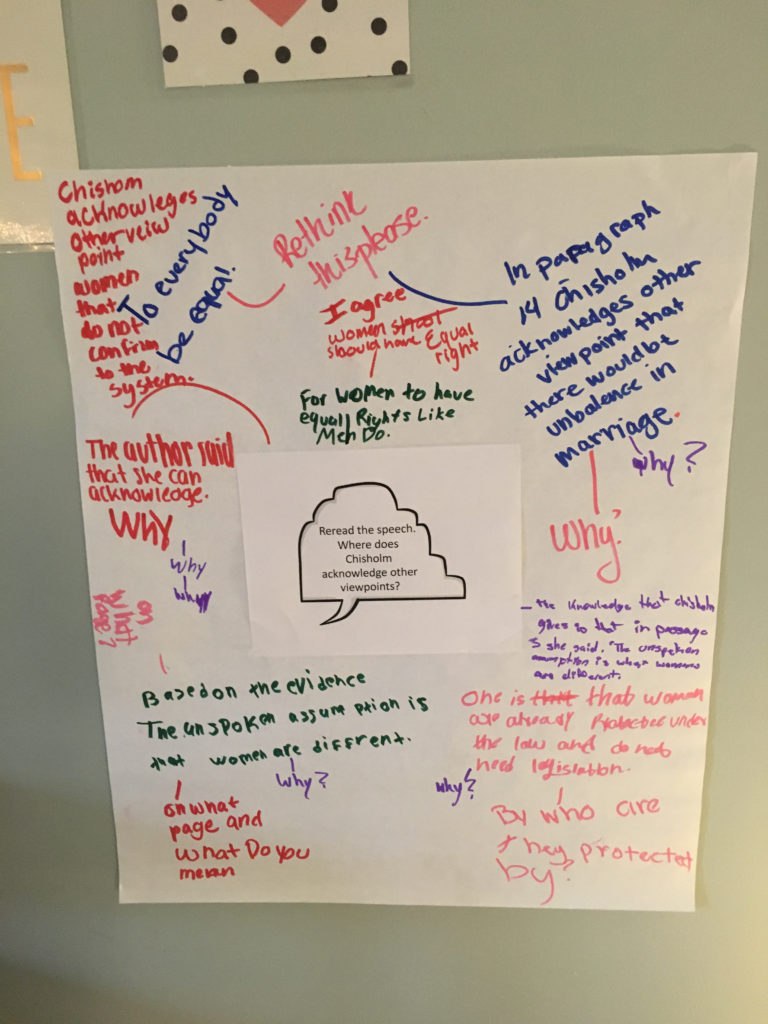



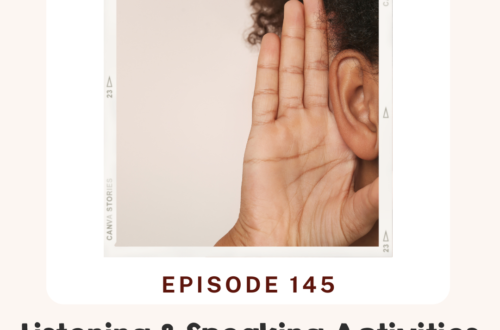
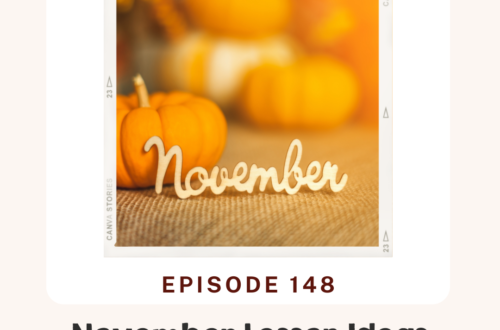
2 Comments
Grace Casasola
Hello! This is exactly the problem I am facing in my ESL 1 class. I look forward to trying out the Speaking Bucks! Would you be willing to share or post about the anchor chart that you used?
Millie
Hey Grace! I posted the anchor chart. It is really simple, but the students benefited a lot from using it in class. I can also make it into a pdf document so you can print it out.